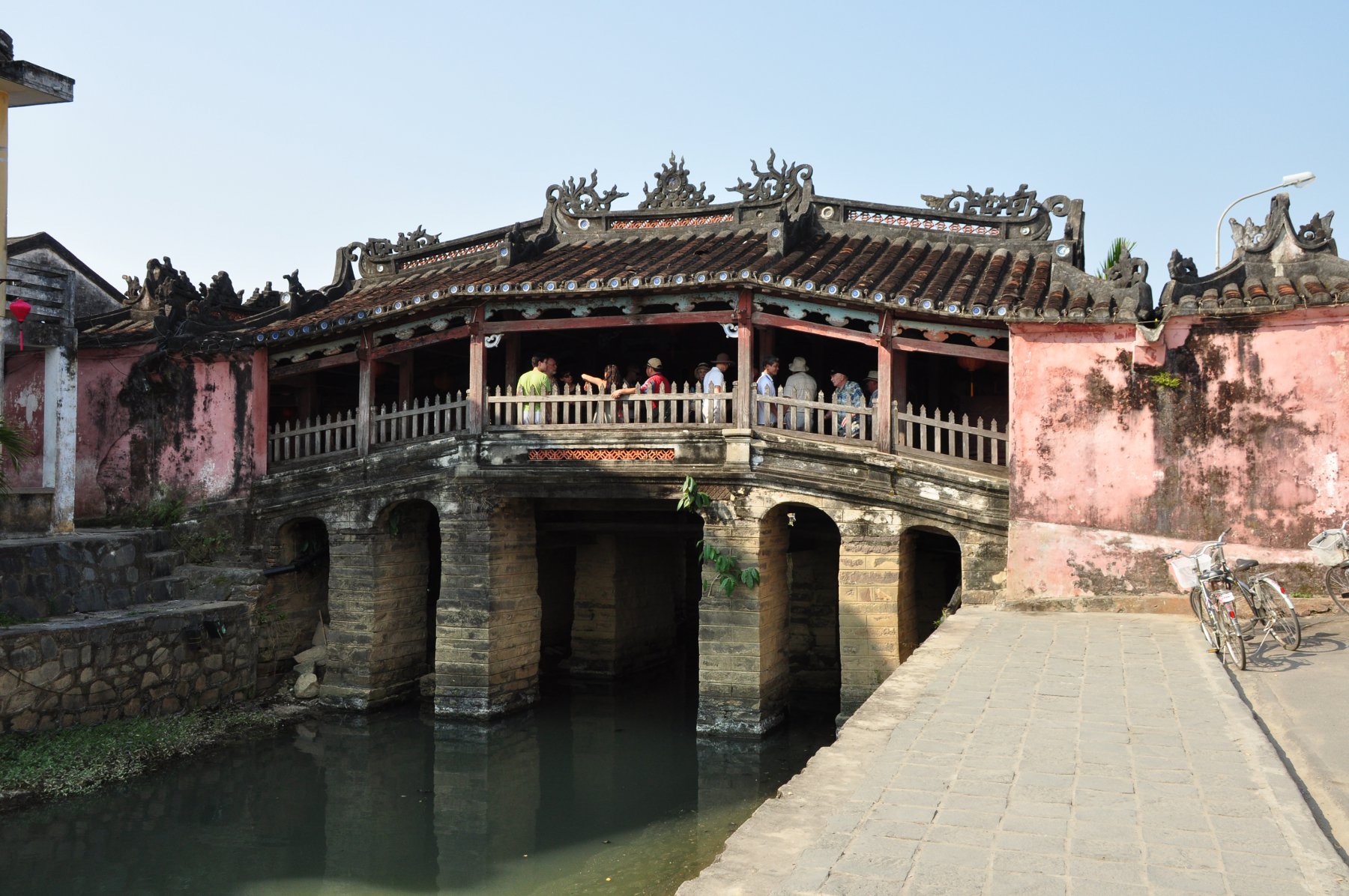As the country attracts millions of tourists every year, Thailand has the interesting point that no country can be.
Thailand is known under the name of Siam (Xiêm- Vietnammese) from the mid-14th century until 1939 and again using this name during the period from 1945 to 1949.
Siamese cats: originating from Thailand. In Thailand, they are called wichen-Maat, which means "moon diamond". In Thai tradition, while wearing a pair of Siamese cats to the bride in the wedding blessing can replace hundreds of years.
Few people know the official name of Bangkok is very long: "Krung Thep Maha Nakhon Amon Rattanakosin Phop Mahadilok Noppharat Ratchathani Ayutthaya Mahinthara Burirom Awatan Udom Sathit Ratchaniwet Sakkathattiya Mahasathan Witsanu Amon Phiman Kamprasit". Which means: "City of the gods, the great city of the immortals, the city of magnificent jewels of Indra, the king's throne of Ayutthaya, the city of magnificent palaces, the the palace and the city's most majestic realm of the Royal, the home of the god Vishnu and all the gods. "
Thailand coastline property km.Trong 3219, the North Shore is located deep in the Gulf of Thailand, while the longest is located in southern Thailand, bordering Malaysia segment and Myanmar with small duonglon holiday island, landscape poetic. The most famous is Phuket, located on the Indian Ocean.
Approximately 90% of Thais are Buddhists. Where on earth where there are works of Thai style Buddhist architecture.
Stepping up the money in any country is also not good but if you do it in Thailand, meaning that you're breaking the law. The king is highly revered in Thailand, so the image of the King bill very well respected. So, if you see a banknote or coin fall in the street, carefully picked up.
Garuda is considered religious symbols and beliefs, as well as with the Thai Royal Thai. Garuda is a bird of the Hindu god, Vishnu is riding and has the shape of a bird of prey, the third person's eyes and beak eagle.
It would be illegal for a driver that naked here. So the taxi driver and tuk tuk in Thailand are quite chin chu dressed and polite.
Thailand was voted the 5th friendly country world by authoritarian giaRouch Guidesbinh selected. Guests can receive the help and welcome smile from any Thai people from sellers, the driver, monks or just a normal people.



